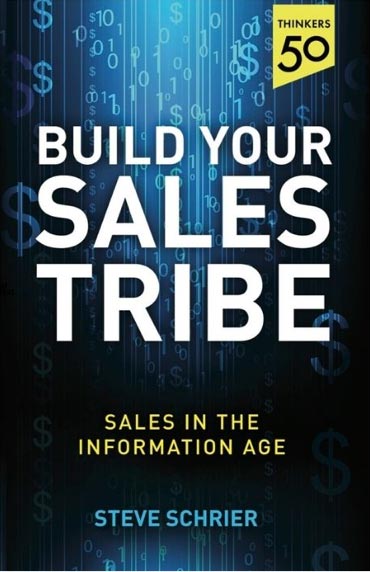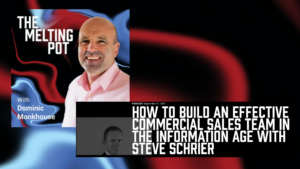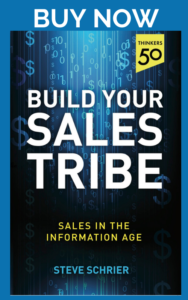
This is the information age – it’s easy to create, distribute and publish information. Not just bad information, lots of good information. Consider when you are buying something how you go about it. You have a wealth of information instantly at your finger tips which seems authoritative and trustworthy.
A recent report by Gartner. They found that 55% of customers surveyed say they encounter an overwhelming amount of credible information during the buying process. And 44% of them said that the information they received seemed trustworthy, but was contradictory.
Perhaps the most important statistic from this research was that 62% of the information research was conducted learning independently, and not engaging with suppliers.
Learn when to pitch… and when not.
We are all desperate to pitch, to share our perfect vision of how what we are selling makes a difference. Documents that describe features and benefits of products and services that can fill someone’s inbox in a millisecond. Presentations that can fill hours of time. These invariably lead to a single conclusion in how they are presented. That we are the supplier that the customer should go with. The people they should work with for them to succeed.
Put yourself in the shoes of the buyer.
So, how do you make a decision when presented with the challenge of buying faced with contradictory information? Why would you risk your relationships with your colleagues, and perhaps even your job, to recommend anything in this environment?
How about instead of pitching, of bombarding the customer with information, using the opportunity of engagement and your team’s expertise to help the buying organisation navigate the market? How about being the authority they can rely on to guide them through this complex situation?
There are many ways that your people should be able to do this – here are five:
- Ask the right questions to establish the information and uncover the needs of the customers properly. Listen to the answers before recommending particular data sources or courses of action.
- Point customers to information that is relevant to their decision that they may have missed.
- Tell stories that are based on data and hard facts – these could be potentially dry and difficult to digest so wrap them in a story or case study that stimulates conversation around them.
- See your company as a set of people dedicated to adding value by guiding a customer through the journey of buying. Share personal stories and information which is relevant to them but potentially not in the public domain or generic information.
- Capture the conversations through note taking with your potential customer and share the information back to them so they are educated, able to look good with their colleagues and empowered to ask questions of other suppliers they may not have thought to ask.
There is obviously some times when a pitch is important. But increasingly engaging with a prospective customer is about establishing a conversation of value which yields credibility and confidence with the seller.
Ultimately, establishing this credibility and confidence will be a differentiator from the others who are desperate to pitch at all costs without consideration of the people receiving it.
This post is supports advice in Build Your Sales Tribe – Sales in the Information Age Book. If you own the book, thanks for visiting. If you don’t own the book, find out more here: www.salestribe.co.uk
Keep inline with the latest thinking in successful selling








